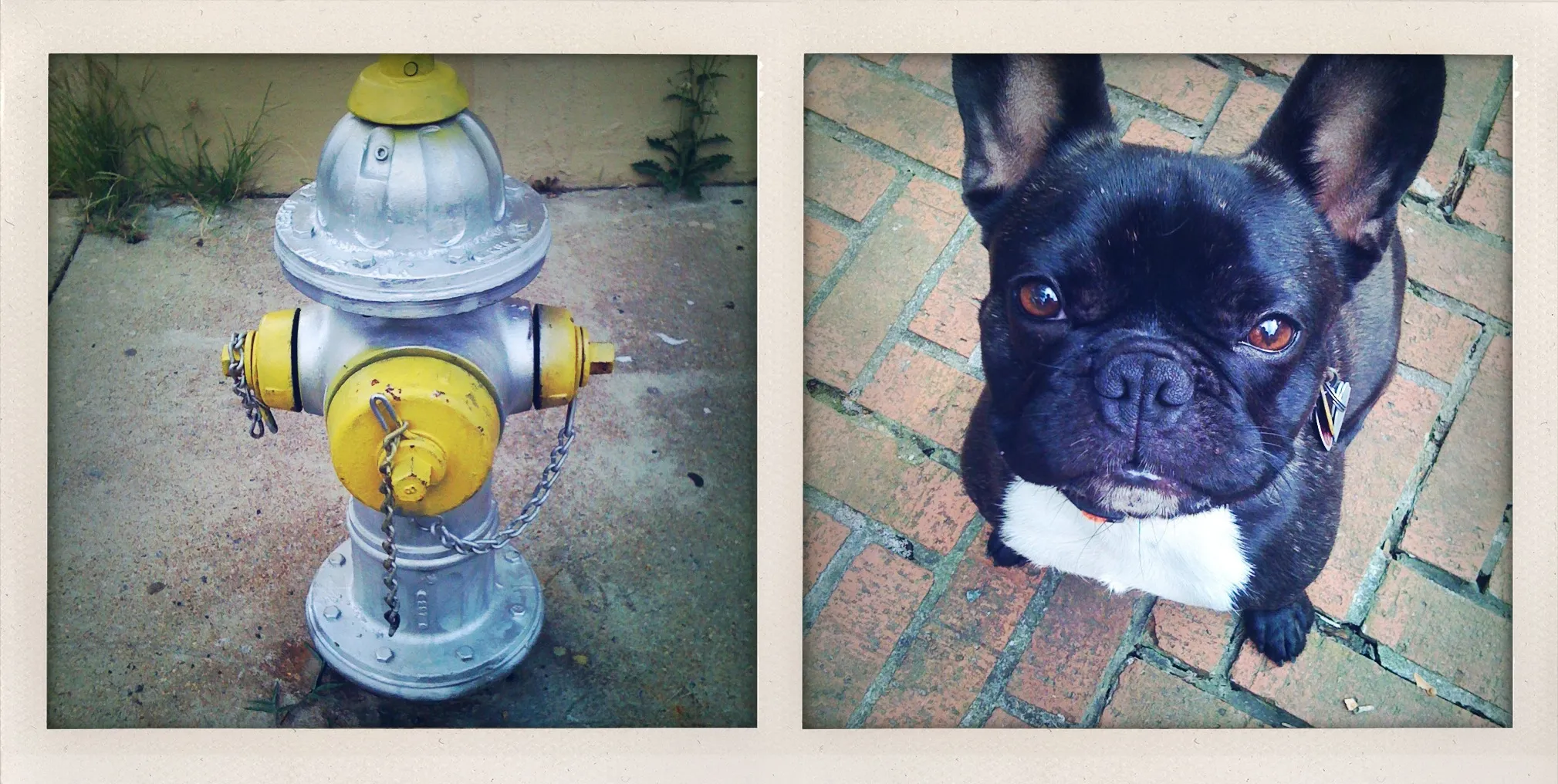Dip|Tychs Storytelling and Altered Contexts Through Juxtaposition
Short Story

This diptych pairs a fire hydrant with a French bulldog to invoke the universal trope of dogs marking hydrants. Crucially, the dog doesn’t interact with the hydrant - no glance connects them. The narrative exists entirely in the viewer’s mind, revealing how deeply conditioned we are to complete stories from cultural symbols alone.
The title “Short Story” references both subjects’ physical stature and the economy of the visual joke. By withholding the expected action, the work examines how associations form through cultural memory rather than depicted events. The humor comes not from what’s shown but from what viewers automatically supply.
Essay written: November 2025